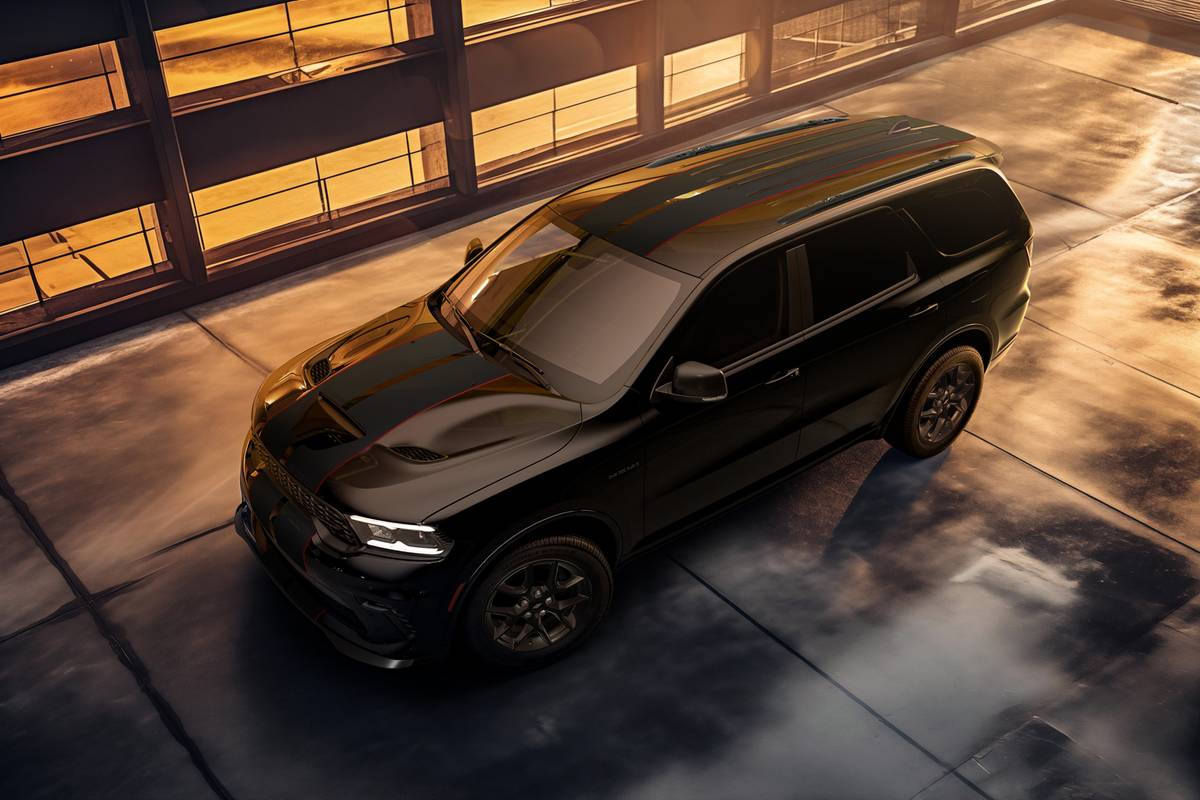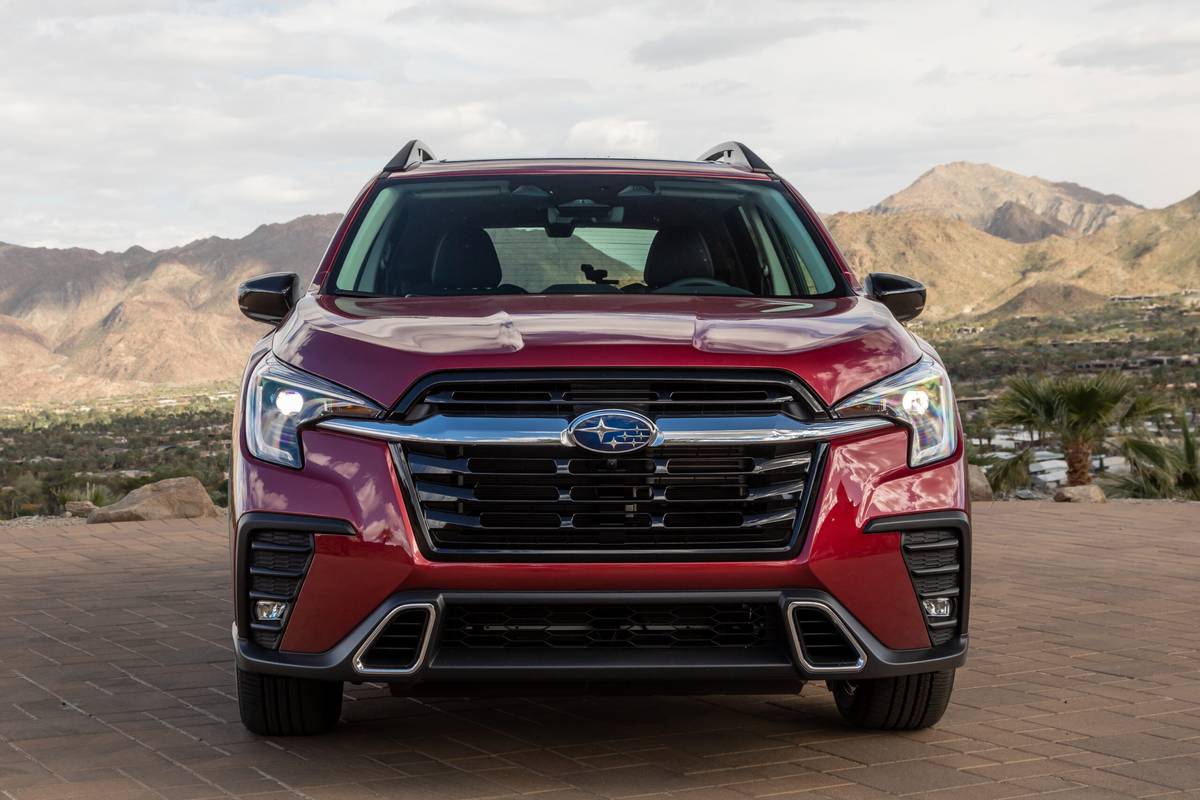chicagotribune.com's view
Chevy and Ford finally have taken a lead in the mini-van market.
Chevy and Ford don`t lead in sales. Chrysler still commands more than 50percent of that market.
But for once they`ve come out with a few features ahead of Chrysler-4-wheel drive and antilock brakes in their mini-vans.
Chevy offers 4-wheel drive in its Astro, and Ford offers it in itsAerostar, both rear-wheel-drive mini-vans. Chrysler doesn`t offer 4-wheeldrive in either its Plymouth Voyager or Dodge Caravan, both front-wheel-drive mini-vans.
To add to the Chevy/Ford coup, both also offer antilock brakes (ABS) intheir mini-vans-Chevy 4-wheel ABS, and Ford rear-wheel ABS-while Chryslerwon`t offer ABS until the 1991 model year in Caravan or Voyager.
Both regular-length and extended-length versions of Astro and Aerostaroffer 4-wheel drive.
Four-wheel drive is an added wintertime insurance policy for motoristsliving and driving in the Snow Belt. It means that when a foot of snow covers the pavement, Dad or Mom or both will still make it to and from work, schoolor the grocery store.
And ABS is an added insurance policy any time of the year, because itmeans that regardless of what`s on the pavement, or if there isn`t pavement,the driver will be able to stop in a straight line, without loss of control.
Caravan and Voyager will add 4-wheel drive and ABS, but not until the1991 model year, the same time both get sheet metal a more rounded,aerodynamic look.
Chevy and Ford can enjoy their edge, even if only briefly.
We test-drove the 4-wheel drive 1990 Chevy Astro in regular-lengthversion, built on an 111-inch wheelbase and 176.8 inches long. The extended-length version is built on the same wheelbase but is 186.8 inches long.
There wasn`t any snow, just rain. No problem with hydroplaning, butwithout snow there was no way to really test how well the system works. Atleast with rain on the pavement, it was easy to check out 4-wheel ABS. Itworks, and works well, thank you.
With dry pavement, however, which is the surface most Snow Belt driverscontend with the majority of the year, the 4WD Astro does have one glaringdrawback. We just got done testing the Chevy 454SS truck (DATE) with its 10m.p.g. city/11 m.p.g. highway fuel economy rating. We had thought a fuel guagenever moved as quickly as that in the 454SS-until we drove the 4WD Astro.
Astro features Chevy`s 4.3 liter, 150 h.p. V-6 teamed with 4-speedautomatic. The EPA rating is 16 m.p.g. city/21 m.p.g. highway. That seemedawfully generous; $5 handed over to a teenager lasts longer than $5 handedover to a filling station attendant when you pull in with the 4WD Astro.
This is a full time 4WD system, meaning you never have to stop to lockhubs or press or pull a lever to switch from 2WD into 4WD. While that`s aconvenient feature to save time and work, it doesn`t save fuel since all four wheels are working all the time whethe r the highway is covered with snow ornot.
There`s no need to worry about fuel economy in a snow storm. Safety andsecurity are the chief concerns then. But storms don`t happen all that oftenand Astro`s 4WD fuel economy will require frequent stops at the pump. The tankholds 27 gallons, which is needed to obtain decent driving range.
Needless to say the 4.3 is peppy.
The 4.3 also allows Astro to boast of 6,000 towing capacity (can youimagine the mileage pulling a boat?) plus easy hill/mountain maneuverabilitywithout running out of wind.
But what the 4.3 offered in terms of performance and 4WD and ABS in terms of insurance, was offset by a suspension system that handled up and downmovement without trouble but was weak in terms of lateral support.
To accommodate the four-wheel-drive hardware, you sit a bit higher offthe ground in the Astro van.
Perhaps it was the higher center of gravity or maybe it was the largerp215/75 R15 tires or maybe the 3,050 curb weight or a combination of thethree, but lateral movement was a bit wobbly. We didn`t feel comfortabletaking a corner at speed despite 4WD traction and ABS security.
While cornering and turning were somewhat of a chore, it seemed somewhatcontradictory that Astro could be so comfortable inside. The buckets were bothdeep and wide and offered very good support. There`s plenty of room inside forup to 7 occupants to stretch.
There also are some notable features inside, such as the handy map holder and dual cupholders built into the front console and the folding seat backbetween the rear third seats that transforms into a table top with cupholders for passengers. The luggage/grocery holding capacity behind the third seat is good as well.
But there`s another annoyance behind that third seat-the pair of swingout rear doors. When deciding to compete with Chrysler in the mini van market,Chevy stubbornly insisted that mini van buyers wanted commercial haulingcapabilities and would rather cart ladders than people. So instead of a liftup hatchback lid, it came up with a pair of doors that swing out. The problem is that those doors have pillars and the pillars restrict rear vision andcreate a blind spot.
Standard equipment in the Astro includes power brakes and steering, sidewindow defogger, AM radio with digital clock, tinted glass, dual mirrors, tripodometer and intermittent wipers.
Our test vehicle added a preferred equipment group at $3,930 thatincluded air conditioning, AM-FM stereo with cassette and clock, powerwindows/door locks/mirrors/seats, tilt wheel, cruise control, roof console,roof luggage carrier, and aluminum wheels.
Options included a rear seat heater with convenient to see and usecontrols in the instrument panel at $267, though the controls probably wouldbest be appreciated in the rear passenger area. It also included raised white letter steel belted radials at $44, two tone paint at $172, and a heavy dutytrailer towing package, including hitch at $507.
Base price is $18,300 and with the options our test vehicle ran $22,158plus a $500 freight charge.
Latest news



